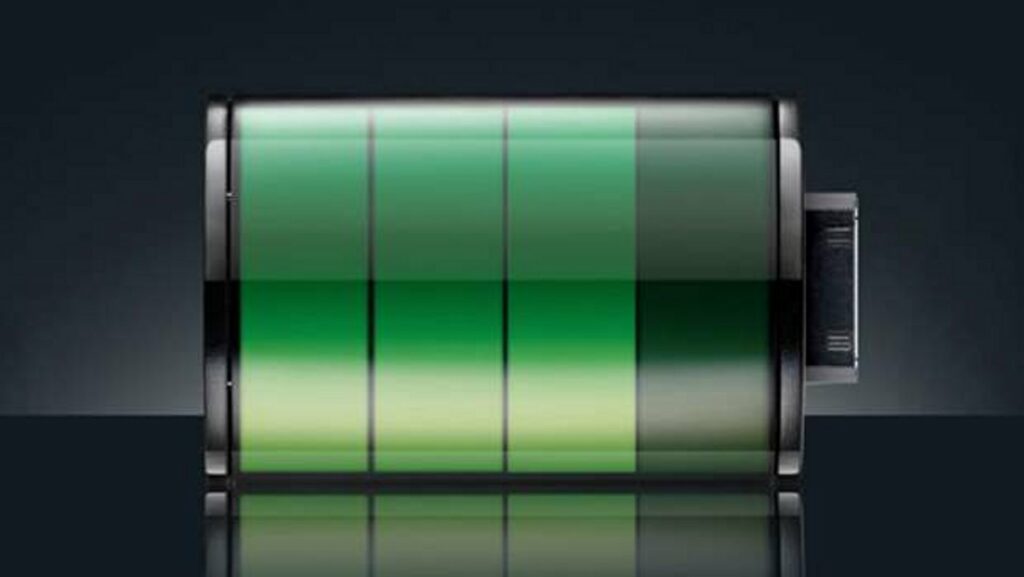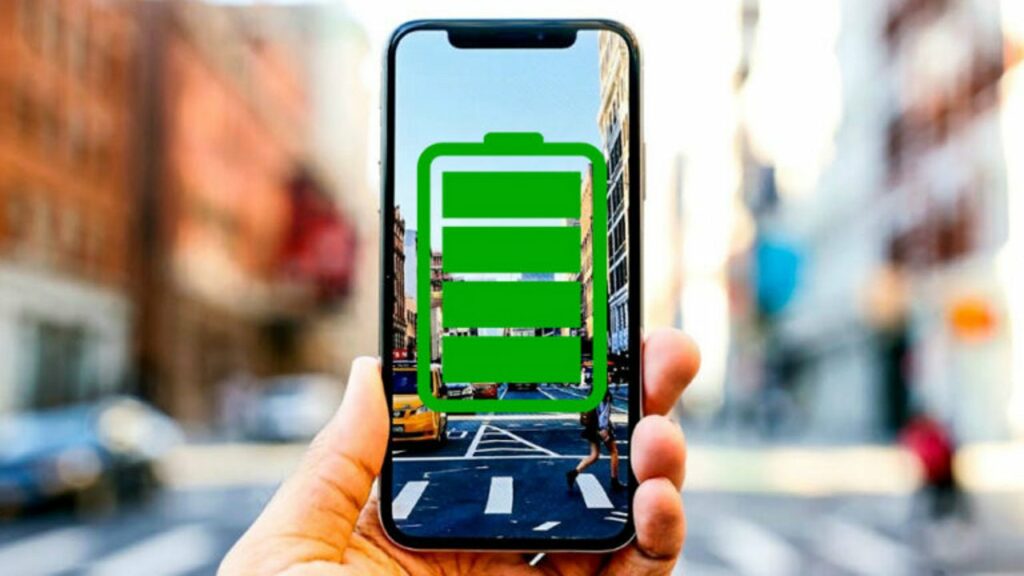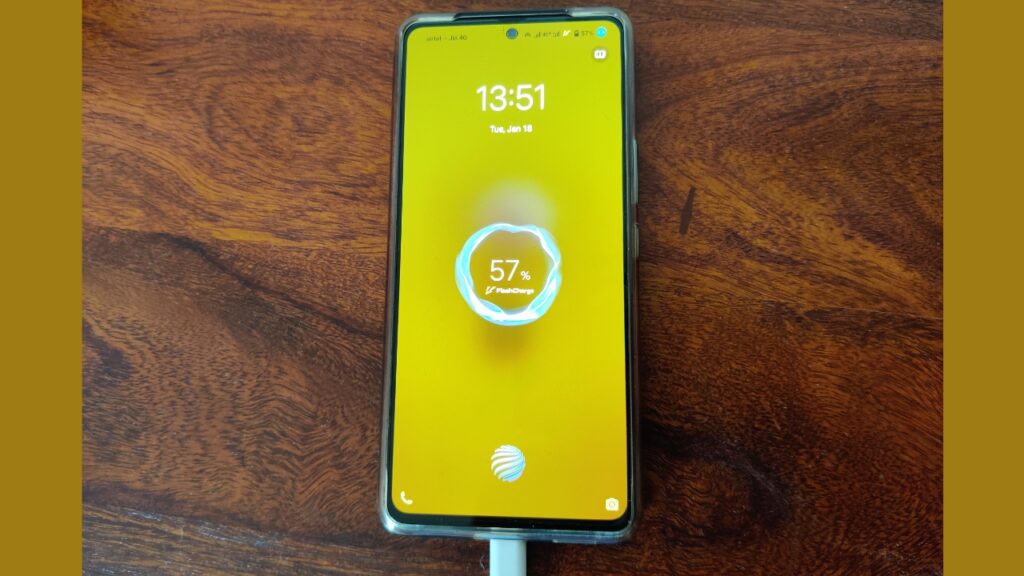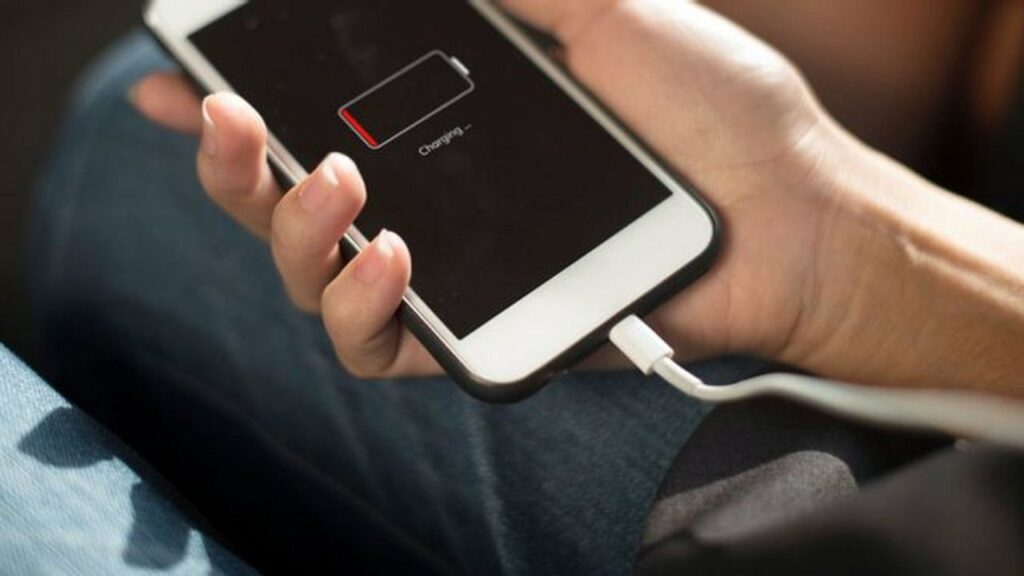Smartphones have today become an integral part of our lives. When choosing the right mobile phone, the battery is no doubt plays an important factor. The capacity of the battery only decides how long the device can be operated with a single charge. For phones, capacity is measured in milliampere-hours (mAh).
Most smartphones these days easily last for a full day with moderate usage on a single charge. Though, the smartphone manufactures are launching their devices with Fast charging and wireless charging features to lure customers. In this article, we will dig more into the top trends in smartphone batteries with information on battery types, battery technology, fast charging, battery tips and more.
What type of Battery do Smartphones have?
Do you know the battery types used in mobiles or smartphones? Well, there are two types of Lithium batteries that are generally used in today’s mobiles phones: Lithium-ion and Lithium Polymer.
Lithium-ion battery uses liquid lithium-ion as electrolyte while lithium polymer use solid or gel-like (Silicon-Graphene) material which is quite light in weight as electrolyte. Both battery types have their pros and cons. Lithium-ion batteries have high energy capacity than Lithium Polymer batteries. They have a long-lasting shelf life and can be easily replaced by the user. With time, Lithium-ion batteries lose charge even when not used, while Li-Polymer batteries retain charge for a longer period.
Lithium Polymer batteries are preferred by mobile manufacturers because they are lightweight, compact-sized and have improved safety. Talking of their drawbacks, these have a lower energy density and can be more expensive. Also, LiPo battery cannot be replaced by the users. Let’s see the features of both batteries in table below:
| Feature | Lithium Ion | Lithium Polymer |
| Cost | Cheaper | Sightly expensive |
| Ageing | Loses charging capacity over time | Retains charging capacity over time |
| Energy density | High | Low |
| Conversion rate | Convert battery into actual power 85 – 90% | Convert battery into actual power 75 – 80% |
| Saftey | Less | More |
| Weight | Heavier | Lighter |
| Charging duration | Longer charge | Shorter charge |
Apart from these two batteries – Nickel Cadmium (NiCd) and Nickel Metal Hybrid (NiMH) were used in older cell phones. These batteries are out of date and Li-Ion batteries and LiPo batteries are the two main battery types used for smartphones today.
What is the newest battery technology?
As of now, Lithium Polymer (Li-Poly) Batteries Li-Poly Batteries are the newest and most advanced technology for cell phone batteries.
Lithium-sulphur batteries could also soon be a reality. The researchers at Monash University in Australia have developed lithium-sulphur battery that can compete with the standard lithium-ion batteries that currently power phones, tablets, and laptops. It is claimed that these batteries will be capable of powering a smartphone for five continuous days without any recharge. In addition, these batteries can enable an electric vehicle to drive more than 1,000 km without recharging.
Lithium-sulphur batteries promise improved performance with lower cost than traditional lithium-ion batteries. It’s also very cheap to manufacture with abundant supply of material. Further, there is less environmental impact as well with these batteries.
The research team Associate Professor Matthew Hill said “This approach not only favours high performance metrics and long cycle life, but is also simple and extremely low-cost to manufacture, using water-based processes, and can lead to significant reductions in environmentally hazardous waste.”
Meanwhile, a team of researchers from the University of Cambridge developed a new technology for lithium-ion batteries last year. The technology can charge devices in as fast as five minutes. The researchers found a way to determine in real-time the extent to which the battery cells can receive a charge. The charging speed can be increased to a limit without destroying the battery itself.
As per researchers, from the University of Cambridge: “When charging, the speed depends on how fast the lithium ions can pass through the particles of active material. When discharging, the speed depends on how fast the ions are inserted at the edges. If we can control these two mechanisms, it would enable lithium-ion batteries to charge much faster.”
Why is battery technology so slow?
The smartphone industry is growing every day but battery technology has been going slow and hasn’t advanced in decades. The main reason behind this is due to both the chemical processes involved and the challenges that exist around commercializing new battery designs. Moreover, the tech companies are also aware of the limitations of lithium-ion batteries.

Lithium-ion is still considered to be one of the lightest and most efficient battery solutions. It has a higher physical energy density so there are limits to how much of a charge it can hold. Also, determining when lithium-ion batteries have reached the end of their life is difficult.
Despite all the development in battery technology, batteries are still dangerous. Every battery has two electrodes – the cathode and the anode, separated by a thin electrolyte. The battery can heat up if electrodes come in contact with one another. Since liquid electrolytes are highly flammable, this can lead to an explosion of the batteries.
Researchers are already investigating new battery technology, like solid-state batteries. With these types of batteries, future devices could offer more power. But notably, by the time those new batteries are announced for companies, our phones may be even more advanced and would need even more power.
Which Smartphone Has longest battery life?
Smartphone manufactures have been offering their devices packed with massive batteries to keep their devices up and running. The phones offer longer battery life depending on their runtime and usage pattern.
While most phones sport a battery life of at least 24 hours, there are a few devices offering a longer battery life. One is the Samsung Galaxy M31s which offers a battery life of around 48 hours with a 6000mAh battery on one full charge cycle. Other are Realme C12 and Realme C12 which give around 32 hours battery life with the same battery capacity. Samsung Galaxy M51 is another device that sports a 7000mAh battery offering around 3 days or 72 hours of battery life on a single charge.
How long will a Phone Battery last if not used?
If a phone is set to standby mode, it can last a longer amount of time. It means the phone is on but you are not using your phone for anything like taking calls, messaging, browsing the internet or more. The device on standby can usually last up to three days, depending on the phone type and apps in it.

The smartphones with lithium-ion batteries are rechargeable. They must be plugged in after the battery drains. These batteries have an expiration date and are meant for a specific number of charges. It is said that most phones will last for 18 months to 3 years, which is about 300 – 800 charge cycles depending on use.
Unfortunately, no smartphone batteries live forever. Batteries may last up to 2,500 charges on average before they become permanently damaged and unusable.
Is Fast Charging Good for Batteries?
Fast charging has now become quite popular as the feature is now available even on more affordable smartphones. The fast charging allows the phone to charge in less than an hour, or even as fast as half an hour. In the smartphone industry, anything above 10 watts is considered a fast charging rate.
The higher the number, the quicker the rate of charging. Like the recently launched Xiaomi 11i HyperCharge is backed by a 4,500 mAh battery with 120W fast charging support. The company says that this smartphone can charge from 0 to 100% in just 15 minutes.

Many companies are now rolling out fast-chargers with their phones which automatically avoid overcharging your phone. They claim to charge the battery from zero to some capacity without heating while increasing the output. The charging speeds are reduced by default to prevent heat once that capacity is reached. Also, your phone may automatically turn off fast charging if your device’s temperature exceeds a certain level.
As per a report, fast charging batteries have two phases of charging. The first phase is usually when the battery capacity is low or empty. Lithium-ion batteries absorb the charge efficiently during this phase up to 70-80%. After this, for the remaining 20-30%, the charging speed slows down which prevents the damage to the battery. So fast charging does not really damage your device’s battery.
It’s also worth keeping in mind that you should unplug your phone when the charging is 100% complete whether fast charging or standard charging. It is also to be noted that repeatedly overcharging your phone will damage its battery only.
Does Dark Mode Save Power?
Off late, Dark mode setting has become an increasingly popular battery-saving feature in smartphones. Many people enable the setting because they believe it will extend the battery life. But a Purdue University study has suggested that dark mode is unlikely to impact the battery life of a smartphone significantly.
As per the study, switching from light to dark mode saved only 3 to 9 per cent of power on average for different OLED smartphones at 30-50% brightness. In addition, the power efficiency depended on the brightness of OLED screens.
The Purdue study found that switching from light mode to dark mode at 100% brightness saves an average of 39%-47% battery power. So it was revealed that the dark mode can significantly save battery life in peak brightness in outdoor conditions under sunlight. So turning on dark mode a higher brightness could allow your phone to last a lot longer instead of auto brightness.
Battery Saving Tips
Because we use smartphones for every basic thing today, we want the battery to last as long as possible. For prolonged battery life, you should recharge once the battery drops 10%. Further, you should not let full discharge as it degrades battery capacity. Lithium-ion batteries can be charged anywhere between 30% and 80%. You can unplug at a battery level between 80% and 100%.

In addition, to make sure quick charging you should refrain from checking your phone if it is in charging mode. If you’d like it to charge up faster, you should put it in Airplane Mode or turn it off completely. One thing also to be noticed is that one should switch off the charging once the phone is completely charged. Lastly, the phone should not stay at 100% level for too long.
Conclusion
We have talked about a number of things including how long does a phone’s battery last. In addition, we have shared several tips to keep it running for as long as possible. So now you know how long you should expect your battery to last and how to take the best care of your battery to get the best use out of it. So we are sure knowing your battery usage, you can plan your day!!


